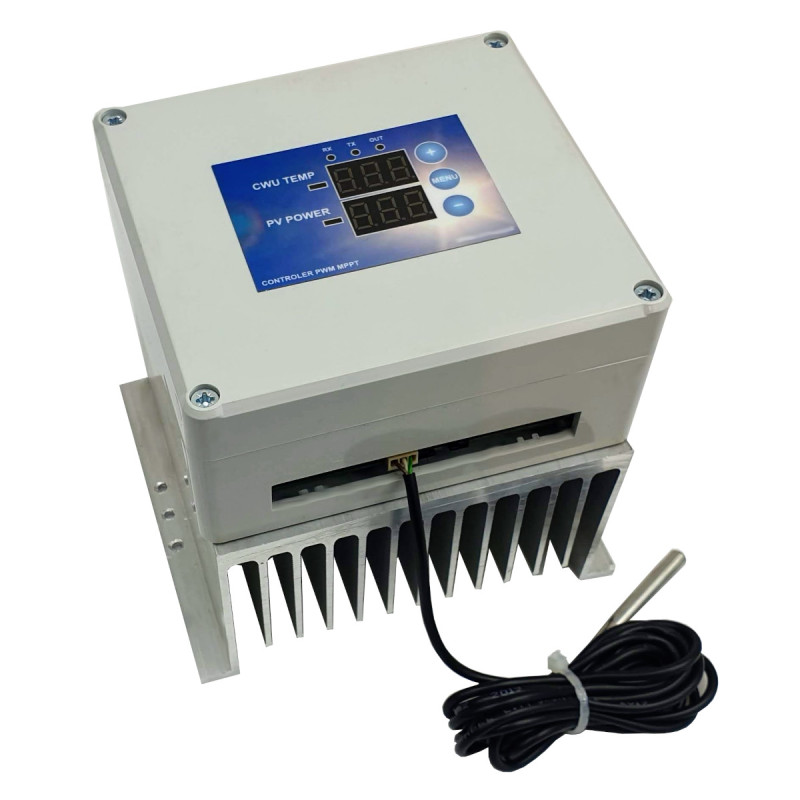I spent a lot of time this past winter trying the same thing. The problem I ran into is that the low resistance of the heating element pulls the voltage down so low, there is not much power coming from the panels until midday. I found reasonable success with a dc-to-dc boost converter. It takes 20-60 VDC, and converts it to 120 VDC. Of course, it is pulsed DC, but the element doesn't care about that. The best part is you can use the existing thermostat without burning out the contacts. I started to build one, but then I found one on EBay for 25 bucks delivered. I used 2- 250 watt 72 cell modules in parallel. Was putting 4A @ 120 VDC into a 1000 watt / 120 VAC element. Works fine. Those modules are still available. Just search 900w DC-DC boost converter.



